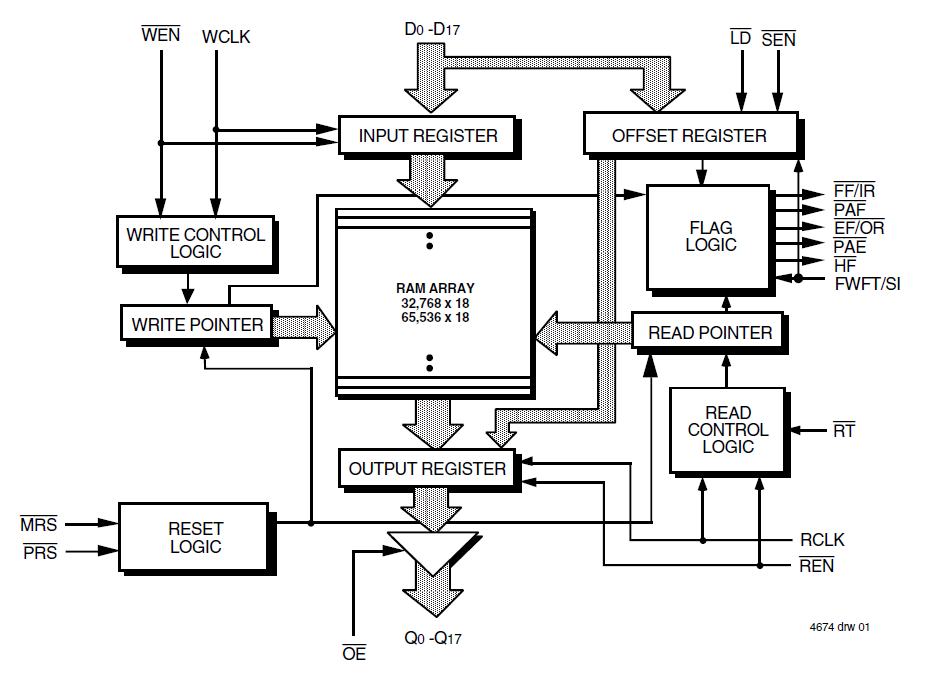Table Of Content

A Graeco-Latin square is orthogonal between rows, columns, Latin letters and Greek letters. For instance, we might do this experiment all in the same factory using the same machines and the same operators for these machines. The first replicate would occur during the first week, the second replicate would occur during the second week, etc. Week one would be replication one, week two would be replication two and week three would be replication three. The test on the block factor is typically not of interest except to confirm that you used a good blocking factor. The Analysis of Variance table shows three degrees of freedom for Tip three for Coupon, and the error degrees of freedom is nine.
Missing Data
The numerator of the F-test, for the hypothesis you want to test, should be based on the adjusted SS's that is last in the sequence or is obtained from the adjusted sums of squares. That will be very close to what you would get using the approximate method we mentioned earlier. The general linear test is the most powerful test for this type of situation with unbalanced data.
Table of contents
Latin Square Designs are probably not used as much as they should be - they are very efficient designs. In other words, these designs are used to simultaneously control (or eliminate) two sources of nuisance variability. For instance, if you had a plot of land the fertility of this land might change in both directions, North -- South and East -- West due to soil or moisture gradients. As we shall see, Latin squares can be used as much as the RCBD in industrial experimentation as well as other experiments. The dataset oatvar in the faraway library contains information about an experiment on eight different varieties of oats. Within each block, the researchers created eight plots and randomly assigned a variety to a plot.
Book traversal links for 8.9 - Randomized Block Design: Two-way MANOVA
Introducing new NFL run-blocking and run-stopping stats: How our metrics work - ESPN
Introducing new NFL run-blocking and run-stopping stats: How our metrics work.
Posted: Tue, 08 Sep 2020 07:00:00 GMT [source]
The use of blocking in experimental design has an evolving history that spans multiple disciplines. The foundational concepts of blocking date back to the early 20th century with statisticians like Ronald A. Fisher. His work in developing analysis of variance (ANOVA) set the groundwork for grouping experimental units to control for extraneous variables.
AP Statistics:Table of Contents
11 Remarkable GivingTuesday Stats for 2023 - The Giving Block
11 Remarkable GivingTuesday Stats for 2023.
Posted: Fri, 04 Aug 2023 07:00:00 GMT [source]
This means the effect of cell phone use treatment (yes vs. no) on the dependent variable, driving ability, should not be influenced by the level of driving experience (seasoned, intermediate, inexperienced). In other words, the impact of cell phone use treatment (yes vs. no) on the dependent variable should be similar regardless of the level of driving experience. If this assumption is violated, randomized block ANOVA should not performed. One possible alternative is to treat it like a factorial ANOVA where the independent variables are allowed to interact with each other. To address nuisance variables, researchers can employ different methods such as blocking or randomization.
7 - Incomplete Block Designs

Note that blocking is a special way to design an experiment, or a special“flavor” of randomization. Blocking can also be understood as replicating an experimenton multiple sets, e.g., different locations, of homogeneous experimental units,e.g., plots of land at an individual location. The experimental units shouldbe as similar as possible within the same block, but can be very differentbetween different blocks. This design allows us to fully remove thebetween-block variability, e.g., variability between different locations, fromthe response because it can be explained by the block factor. In that sense, blocking is a so-calledvariance reduction technique.
Chapter 12 Block Designs
Let's take a look at how this is implemented in Minitab using GLM. Use the viewlet below to walk through an initial analysis of the data (cow_diets.mwx | cow_diets.csv) for this experiment with cow diets. The following crossover design, is based on two orthogonal Latin squares.
Comparing the CRD to the RCBD
Here we have two pairs occurring together 2 times and the other four pairs occurring together 0 times. Therefore, this is not a balanced incomplete block design (BIBD). What we now realize is that two blocking factors is not enough! It looks like day of the week could affect the treatments and introduce bias into the treatment effects, since not all treatments occur on Monday. We want a design with 3 blocking factors; machine, operator, and day of the week.
However because our irrigation system can’t be fine-tuned, we have plots with different irrigation levels and within each plot we have perhaps four subplots that have the fertilizer treatment. To summarize, Irrigation treatments were randomly assigned to plots, and fertilizer treatments were randomly assigned to sub-plots. If the number of times treatments occur together within a block is equal across the design for all pairs of treatments then we call this a balanced incomplete block design (BIBD). Since \(\lambda\) is not an integer there does not exist a balanced incomplete block design for this experiment. Seeing as how the block size in this case is fixed, we can achieve a balanced complete block design by adding more replicates so that \(\lambda\) equals at least 1.
In this case, the test specimens would be considered a source of nuisance variability. If we conduct this as a blocked experiment, we would assign all four tips to the same test specimen, randomly assigned to be tested on a different location on the specimen. Since each treatment occurs once in each block, the number of test specimens is the number of replicates. When we have a single blocking factor available for our experiment we will try to utilize a randomized complete block design (RCBD). We also consider extensions when more than a single blocking factor exists which takes us to Latin Squares and their generalizations. When we can utilize these ideal designs, which have nice simple structure, the analysis is still very simple, and the designs are quite efficient in terms of power and reducing the error variation.
This is a Case 2 where the column factor, the cows are nested within the square, but the row factor, period, is the same across squares. If we only have two treatments, we will want to balance the experiment so that half the subjects get treatment A first, and the other half get treatment B first. For example, if we had 10 subjects we might have half of them get treatment A and the other half get treatment B in the first period. After we assign the first treatment, A or B, and make our observation, we then assign our second treatment. We give the treatment, then we later observe the effects of the treatment. This is followed by a period of time, often called a washout period, to allow any effects to go away or dissipate.
Here is a plot of the least squares means for Yield with the missing data, not very different. There are 23 degrees of freedom total here so this is based on the full set of 24 observations. Generally the unexplained error in the model will be larger, and therefore the test of the treatment effect less powerful. Then, under the null hypothesis of no treatment effect, the ratio of the mean square for treatments to the error mean square is an F statistic that is used to test the hypothesis of equal treatment means. Randomized block ANOVA shares all assumptions of regular ANOVA. There are two additional assumptions unique to randomized block ANOVA.


No comments:
Post a Comment